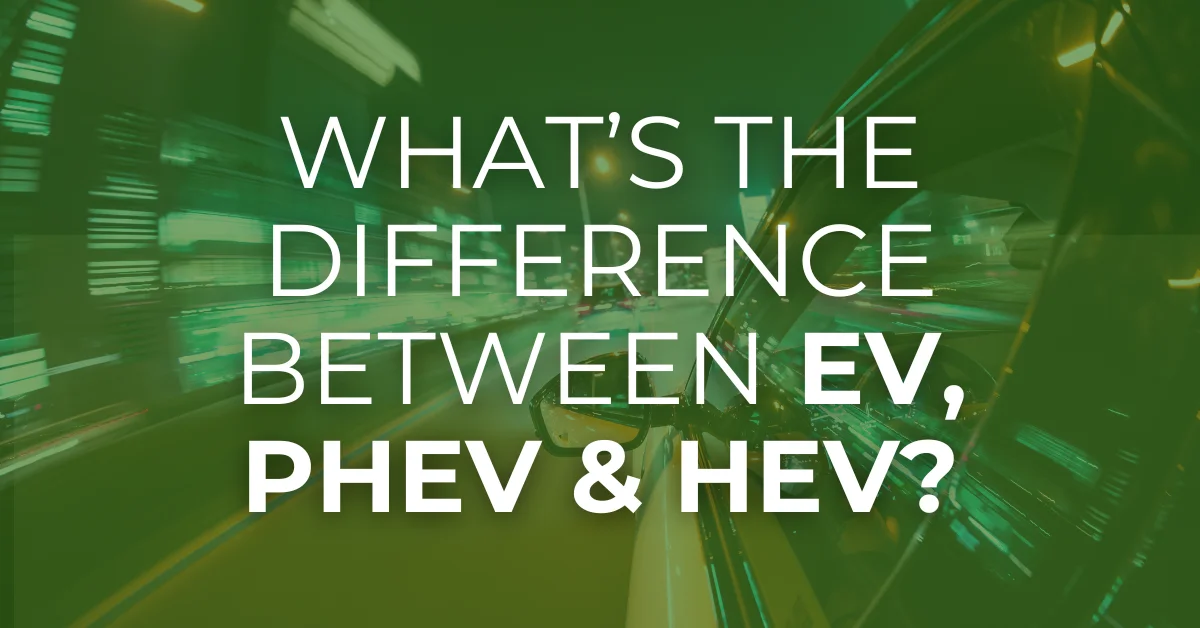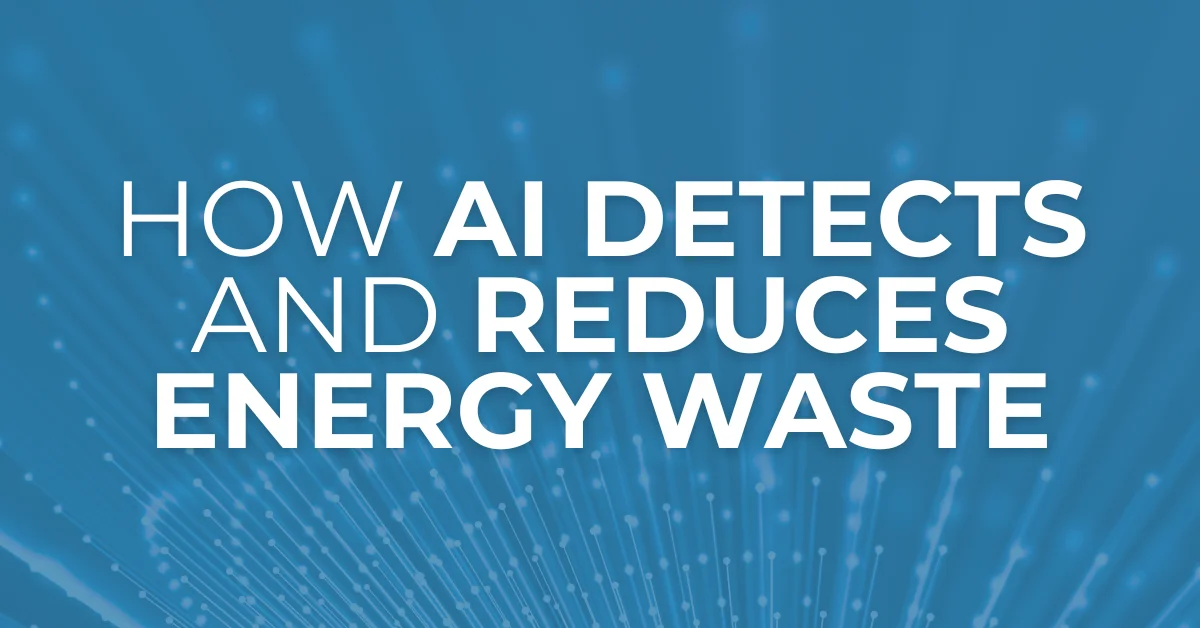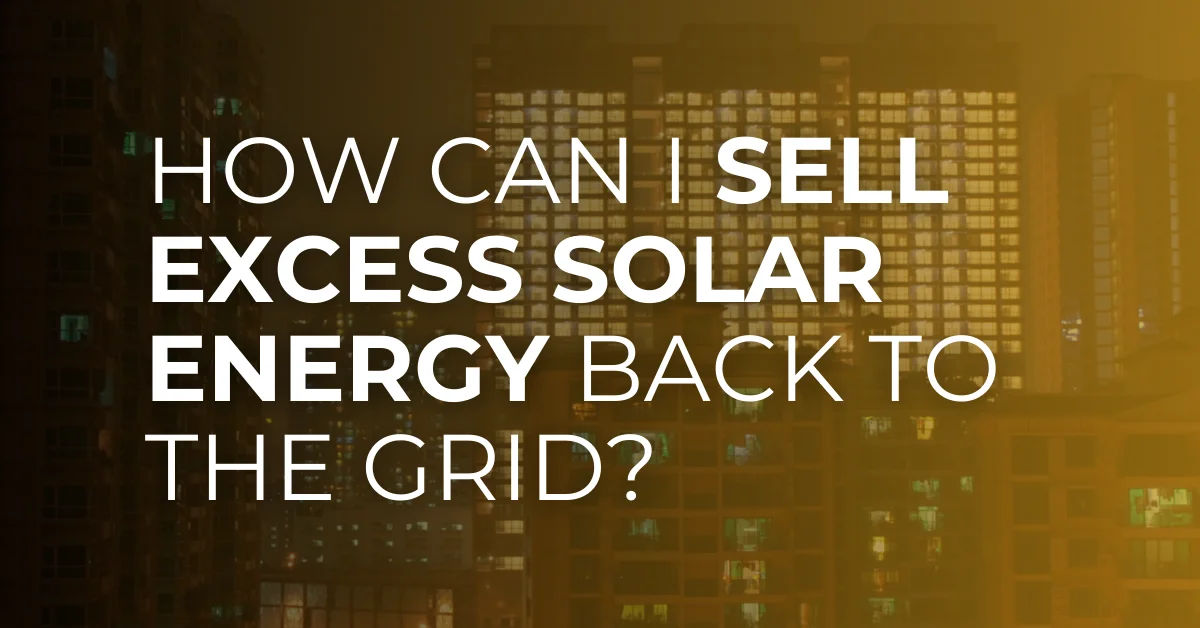Peak demand charges can make up a significant portion of a business’s electricity bill, especially when multiple EV chargers are in use simultaneously. Utilities impose these charges based on the highest energy consumption spikes within a billing period, leading to increased operational costs.
Smart EV charging offers a solution through peak load shaving, a strategy that reduces demand spikes by optimizing when and how EVs are charged. By distributing power intelligently, scheduling charging during off-peak hours, and leveraging AI-driven load management, businesses can avoid excessive demand fees and lower their overall electricity costs.
This article explores how smart EV charging systems reduce peak demand, how businesses can implement them, and the long-term cost-saving benefits they offer.
Understanding Peak Load and Demand Charges
Unlike standard electricity costs, which are based on total energy consumption, peak demand charges are calculated based on the highest power usage recorded during a billing cycle. These charges can significantly increase electricity expenses, especially for businesses with multiple EV chargers operating simultaneously.
What is Peak Load?
Peak load refers to the highest level of power demand within a specific period. For EV charging, this happens when several vehicles charge at once, drawing large amounts of electricity at the same time.
Why Do Peak Demand Charges Matter?
Utilities impose peak demand charges to discourage excessive energy use during high-demand periods. Even if a business uses the same total energy, a sudden demand spike can lead to higher electricity costs for the entire month.
How EV Charging Contributes to High Peak Loads
- Simultaneous Charging – When multiple EVs charge at once, power demand surges.
- Fast Chargers (DCFC) – High-powered chargers draw more electricity in a short time.
- Unmanaged Load Distribution – Without smart controls, power is not allocated efficiently.
Because EV chargers can create sharp demand spikes, businesses need a solution to distribute power efficiently and reduce costs. This is where smart EV charging and peak load shaving come into play.
How Smart EV Charging Reduces Peak Load
To avoid high demand charges, businesses need smart EV charging solutions that optimize power distribution and prevent demand spikes. By controlling when and how EVs charge, smart systems reduce peak load without sacrificing charging efficiency.
1. Load Balancing: Distributing Power Efficiently
Instead of allowing all chargers to pull maximum power at once, load balancing distributes electricity across multiple charging stations.
- Ensures each EV receives just enough power without overloading the grid.
- Prevents unnecessary spikes that trigger peak demand charges.
- Works automatically with dynamic power allocation, adjusting in real time.
2. Scheduled Charging: Avoiding Peak Demand Periods
Smart EV chargers can schedule charging sessions to occur during off-peak hours, when electricity rates are lower.
- Businesses can set charging windows based on utility time-of-use (TOU) rates.
- Reduces energy costs by charging when demand on the grid is low.
- Particularly useful for workplaces, fleets, and commercial properties.
3. Dynamic Load Management (DLM): Real-Time Power Adjustment
DLM systems analyze power availability and adjust EV charging rates automatically.
- Prevents exceeding site-wide power capacity.
- Prioritizes charging based on energy availability and demand.
- Uses AI-driven algorithms to make real-time adjustments.
4. Vehicle-to-Grid (V2G): Using EVs as Energy Storage
Some smart EV chargers support V2G technology, allowing EVs to return stored energy to the grid when demand is high.
- Helps stabilize the grid and offset peak demand costs.
- Allows businesses to monetize stored energy in fleet vehicles.
- Works best when combined with renewable energy sources like solar.
By combining these strategies, businesses can significantly lower their electricity bills while maintaining an efficient EV charging system.
The Role of AI and Automation in Peak Load Shaving
Smart EV charging systems use AI and automation to dynamically manage energy usage, optimizing power distribution in real-time. These technologies help businesses avoid peak demand charges, reduce energy waste, and maximize efficiency.
1. AI-Driven Charging Optimization
AI-powered charging systems analyze historical energy usage, demand patterns, and real-time grid conditions to optimize charging schedules.
- Predicts peak demand periods and automatically shifts charging to off-peak hours.
- Adjusts charging speeds based on available power and overall site demand.
- Prevents demand spikes by staggering EV charging sessions.
2. Grid-Aware Charging: Communicating with Utilities
Smart EV chargers can integrate with grid management systems to charge vehicles when electricity prices are lowest or when excess renewable energy is available.
- Uses time-of-use (TOU) rates to charge EVs at the most cost-effective times.
- Supports demand response programs, where businesses can reduce demand during peak grid stress in exchange for lower rates.
3. Real-Time Load Adjustment and Predictive Analytics
- AI-based dynamic load management (DLM) continuously monitors building-wide energy usage and adjusts EV charging power in real-time.
- Predictive analytics help forecast future energy demand and optimize charging sessions accordingly.
- Prevents facilities from exceeding power capacity limits, avoiding extra utility fees.
4. Vehicle-to-Grid (V2G) Integration
Some smart charging networks use V2G technology, allowing EVs to discharge energy back into the grid or a building during peak demand.
- Helps businesses offset demand charges by using stored EV battery power instead of drawing from the grid.
- Improves overall grid stability and allows businesses to participate in energy trading programs.
By leveraging AI, automation, and smart charging networks, businesses can shave peak loads, reduce energy costs, and optimize EV charging efficiency—all without manual intervention.
Energy Cost Savings for Businesses and Fleet Operators
Implementing smart EV charging with peak load shaving can lead to significant cost savings for businesses, fleet operators, and commercial properties. By strategically managing when and how EVs are charged, businesses can lower utility bills, reduce demand charges, and improve overall energy efficiency.
1. Lowering Peak Demand Fees
- Peak demand charges can account for 30–70% of a commercial electricity bill.
- By spreading out EV charging loads, businesses can prevent large spikes in power usage and reduce costly demand surcharges.
- Example: A fleet depot using smart charging and load management can cut demand charges by 20–40% per billing cycle.
2. Time-of-Use (TOU) Optimization
- Many utilities charge higher rates during peak hours (e.g., 4–9 PM) and lower rates during off-peak hours.
- Smart charging schedules ensure that EVs are charged when electricity is cheapest, avoiding unnecessary expenses.
- Example: A workplace charging station that shifts charging from peak to off-peak hours can reduce energy costs by up to 50%.
3. Energy Arbitrage with Battery Storage & V2G
- Businesses with on-site battery storage or V2G technology can store cheap electricity (e.g., during the night or when solar panels generate surplus power) and use it during peak hours.
- This reduces reliance on grid electricity when rates are high.
- Example: A logistics company integrating V2G technology could save thousands annually by using EV batteries to power operations during peak periods.
4. Long-Term ROI of Smart Charging Systems
- While initial investment in smart chargers and energy management software may be high, the long-term savings outweigh the costs.
- Government incentives and rebates further reduce setup expenses.
- Businesses investing in AI-driven charging and demand response programs see an average ROI within 3–5 years.
Conclusion
Peak demand charges can significantly drive up electricity costs for businesses, especially those operating multiple EV chargers. Smart EV charging with peak load shaving offers a powerful solution by distributing power efficiently, scheduling charging during off-peak hours, and leveraging AI-driven load management.
By implementing dynamic load balancing, real-time energy optimization, and vehicle-to-grid (V2G) technology, businesses can reduce demand charges, lower overall energy costs, and improve charging efficiency without straining the grid.
As EV adoption grows, smart charging strategies will become essential for commercial properties, fleet operators, and businesses looking to cut energy expenses while maintaining reliable and sustainable EV infrastructure. Investing in intelligent energy management today will ensure cost savings and long-term efficiency in the future.




